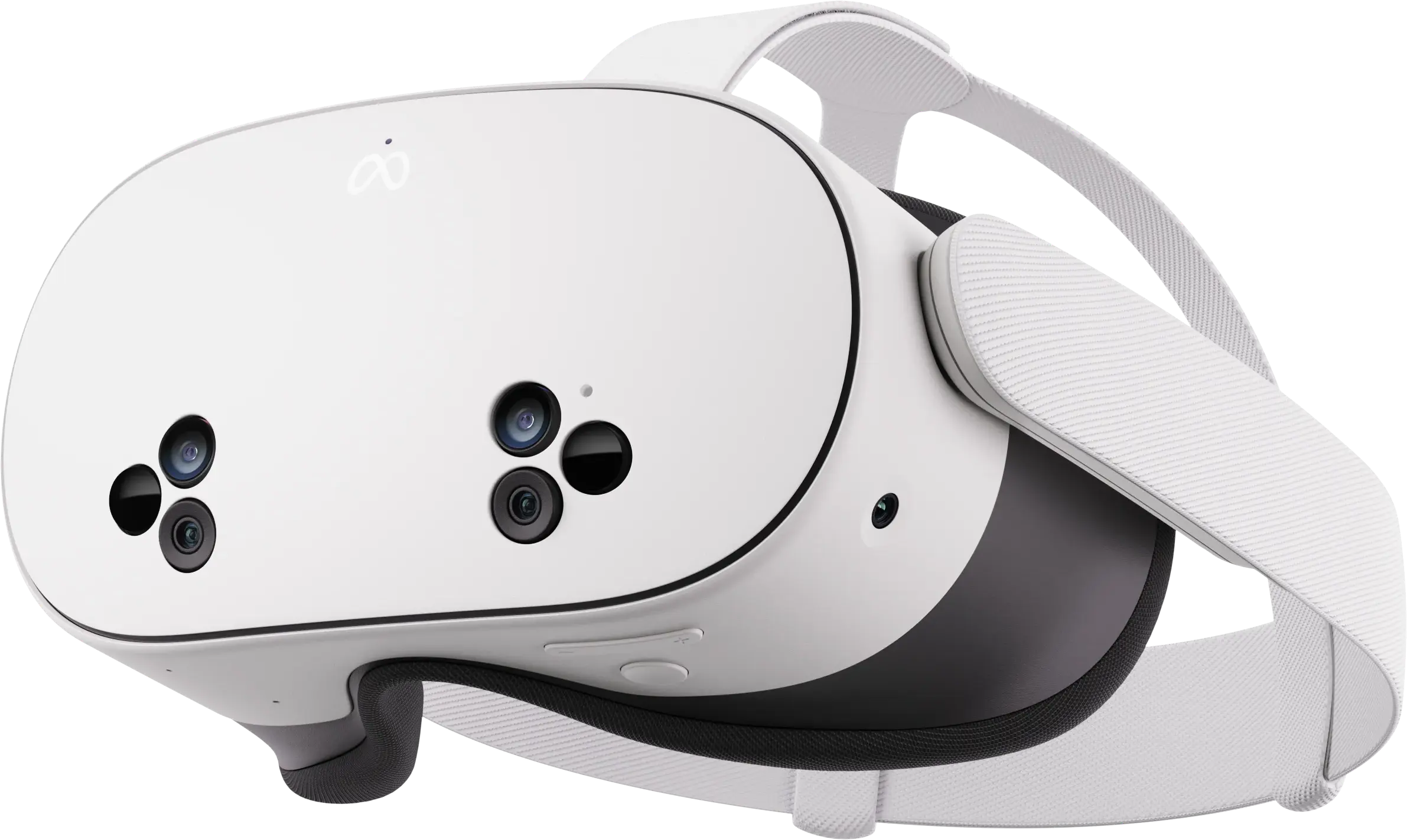The incorporation of virtual reality into STEM curricula represents a fundamental shift in educational methodology, requiring educators to reconsider traditional teaching approaches, classroom interactions, and evaluation techniques. This transition presents both significant opportunities and notable challenges for mathematics instruction at the collegiate level.
Conventional mathematics education typically follows a well-established pattern: instructor-led presentation of concepts followed by individual problem-solving practice. While this model remains prevalent in higher education, it frequently fails to meet the varied learning requirements of students, particularly in foundational courses such as College Algebra, where academic difficulties persist. Virtual reality introduces an alternative framework by establishing interactive, experiential learning spaces where students can engage with mathematical principles in three-dimensional environments. For educators familiar with conventional teaching tools, this evolution demands more than technical adaptation—it requires a reconceptualization of their instructional role.
The adoption of VR-based mathematics instruction involves several key adjustments for faculty members. Educators transition from being primary content providers to becoming facilitators of student exploration. This shift from direct instruction to guided discovery presents challenges for many instructors accustomed to traditional methodologies. Initial concerns often center on maintaining academic standards within what may appear to be an unconventional learning format. However, these reservations frequently give way to recognition of enhanced student engagement and conceptual understanding.
Practical implementation of VR technology introduces its own complexities. Instructors must develop proficiency with hardware components and learn to interpret novel forms of learning analytics. Immersive environments generate detailed data regarding student interactions, including time allocation across concepts, engagement patterns with virtual objects, and attention metrics. This information supplements conventional assessment measures, providing a more comprehensive view of student learning processes.
Effective integration of VR technology requires substantial professional development initiatives. Comprehensive training programs address both technical competencies and pedagogical approaches, focusing on designing meaningful VR learning experiences, balancing structure with exploration, and conducting productive post-activity discussions. Such training emphasizes the evolving nature of the instructor’s role in technology-enhanced learning environments.

Evaluation methods necessarily adapt alongside instructional approaches. Traditional assessments prioritizing procedural accuracy expand to incorporate measures of problem-solving strategies, perseverance, and conceptual transferability. Some educators develop new evaluation frameworks to assess student navigation of virtual spaces, while others implement hybrid assessment models combining immersive activities with conventional testing formats. These developments challenge established notions of mathematical competency and its measurement.
VR-enhanced courses demonstrate altered classroom dynamics, particularly regarding student participation patterns. The immersive quality of VR technology appears to reduce psychological barriers to engagement, with previously reticent students showing increased willingness to experiment. Modified interaction patterns emerge, with students more frequently attempting independent problem-solving before seeking instructor assistance, allowing for more focused faculty support of conceptual development.
Accessibility considerations assume new dimensions in virtual learning contexts. Collaborative efforts between faculty and disability support services ensure VR applications accommodate diverse needs, ranging from controller customization for mobility impairments to auditory alternatives for visual content. These adaptations highlight both the challenges and innovative potential of immersive technology for inclusive education.
The temporal demands of VR implementation represent a significant consideration. Development of high-quality VR instructional materials requires substantial initial investment in design and alignment with learning objectives. Faculty members typically report increased preparation requirements during initial implementation phases, though these demands decrease with accumulated experience and resource development. Technical management of VR equipment introduces additional logistical considerations.
Notwithstanding these challenges, VR implementation yields notable benefits. Instructors report observing more frequent moments of conceptual breakthrough across a wider range of students. The opportunity to innovate instructional methods after extended periods of consistent practice proves valuable for many educators. Improved retention rates in STEM programs following successful completion of gateway mathematics courses suggest potential long-term impacts of VR-enhanced instruction.
The broader implications for STEM education continue to develop as faculty experience with immersive technologies grows. Emerging best practices inform both VR-specific implementations and traditional instruction, as educational strategies emphasizing exploration, multiple representation, and productive challenge demonstrate cross-environment applicability.
This instructional evolution represents not a replacement of conventional teaching expertise, but rather its augmentation. The most effective implementations combine technological innovation with established pedagogical knowledge, maintaining fundamental understanding of mathematical learning processes while expanding instructional possibilities. As both technology and instructor proficiency advance, a new paradigm of STEM education is developing—one that integrates the strengths of human instruction with the unique capacities of immersive learning environments.
The implementation process presents ongoing challenges, but for educators embracing this evolution, VR technology offers unprecedented opportunities to support student learning. These experiences suggest that the future of STEM education may reside not in selecting between technological and traditional approaches, but in discovering their complementary strengths. The distinction between teaching methods and learning outcomes—and the potential to connect them through deliberate technological integration—forms the core of VR’s transformative potential in STEM education.



